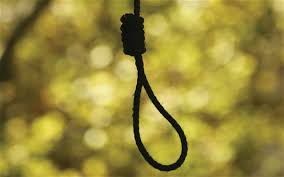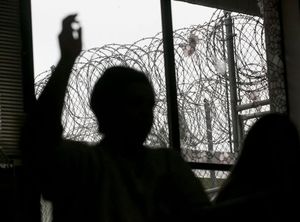
In the room the women come and go, talking of Michelangelo, and Virginia Woolf and Jane Austen, and the Constitution of the United States, not to mention sociology, psychology and comparative religion. The room is a room in Washington Corrections Center for Women near Gig Harbor. On Monday, The Seattle Times reported that college classes “are starting to creep back, operating on shoestring budgets with private money.”
This college program arose out of women prisoners’ demands and dreams. Women prisoners heard that the vocational education program certificates didn’t open employment opportunities, and so they pushed for college courses. After organizing and pushing, they succeeded, no thanks to the State.
Alyssa Knight is a student in this program. She’s in her early 30s. She anticipates leaving prison in 2025: “The fundamental question is, what do we expect from our justice system? Do you expect it to rehabilitate a person? If you are just basically warehousing people, then you are not going to get a change.”
Why must college programs in prison creep? Why are they privately funded? Why are they on shoestring budgets? Because 21 years ago, in 1994, the United States Congress eliminated Federal student Pell Grant aid to prisoners. In 1995, Washington State legislators banned the use of tax money for post secondary education for prisoners.
At the time the Pell Grants were cut, across the country, public colleges and universities were running somewhere around 350 degree and certificate granting programs in prisons. That number quickly dropped to almost zero, and the prisons were formally declared warehouses of the abandoned.
Predictably, the deepest cuts were to women’s prisons.
Last night, President Obama proposed “a bold new plan to lower the cost of community college – to zero.” Want boldness? Take that plan to women’s prisons, and open community college programs there. The President says he wants education to be “free and universal”. Women prisoners are at the heart of higher education’s “free and universal.” Turn their warehouses of abandonment into community colleges. End 21 years of educational war against women. As President Obama said, “Really. It’s 2015. It’s time.”
As Alyssa Knight said of the impact of education, “It pervaded our existence in here — it started to transform what people were thinking about.” Another woman prisoner Tonya Wilson puts it this way, “Who would you rather live beside, a person that’s just getting out of prison who just sat in her cell and stewed, or do you want somebody who has transformed, who is educated, who will not be a drain on society?” It’s time to choose and support transformation.
(Photo Credit: The Seattle Times)


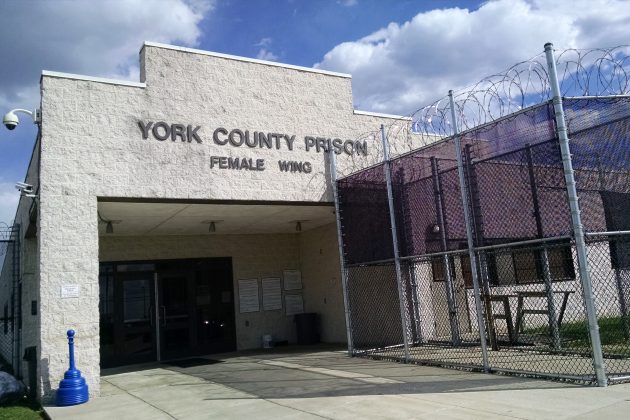
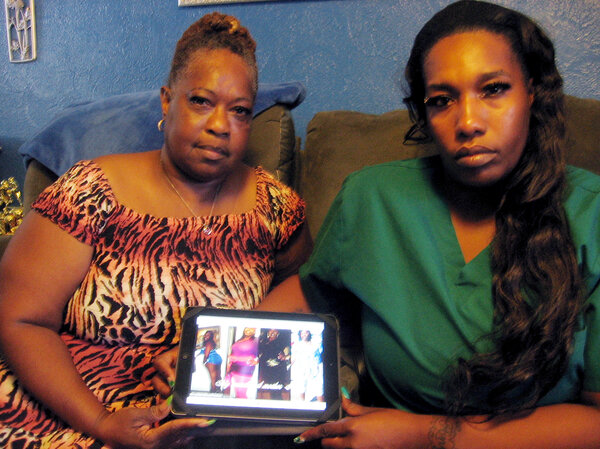
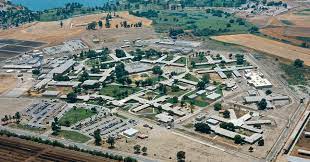
 This past session, Maryland passed anti-shackling bill
This past session, Maryland passed anti-shackling bill 